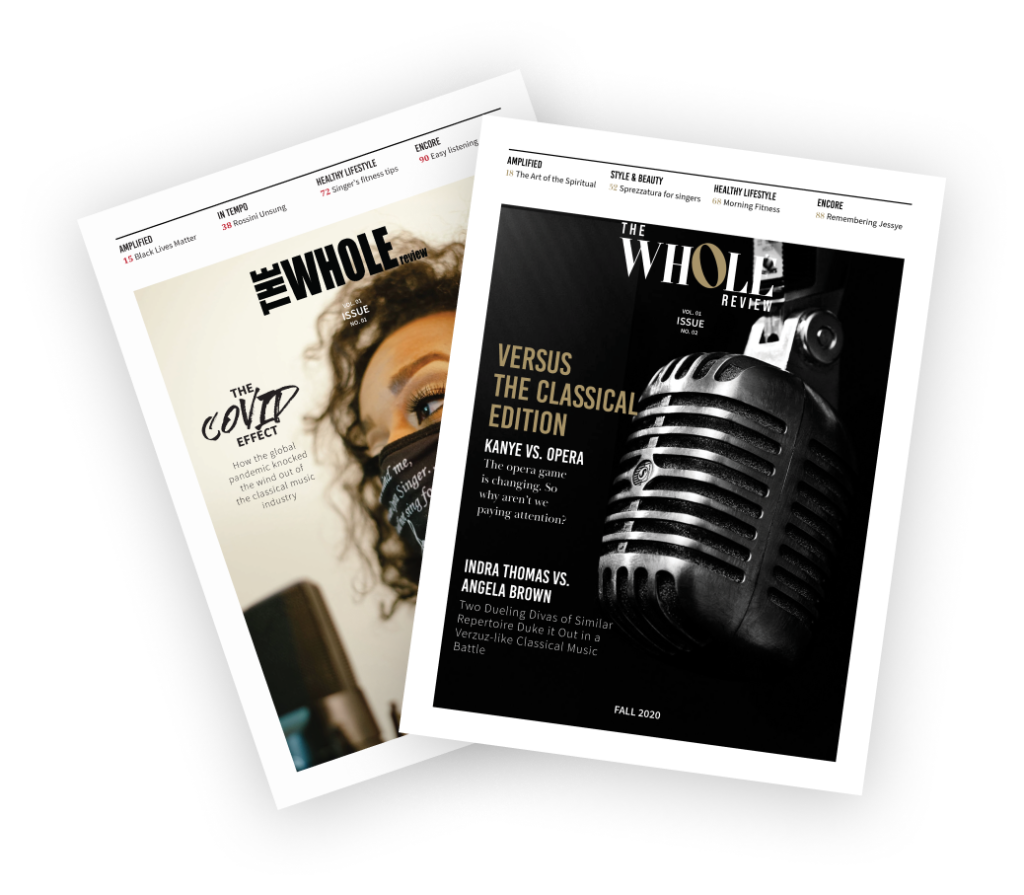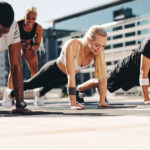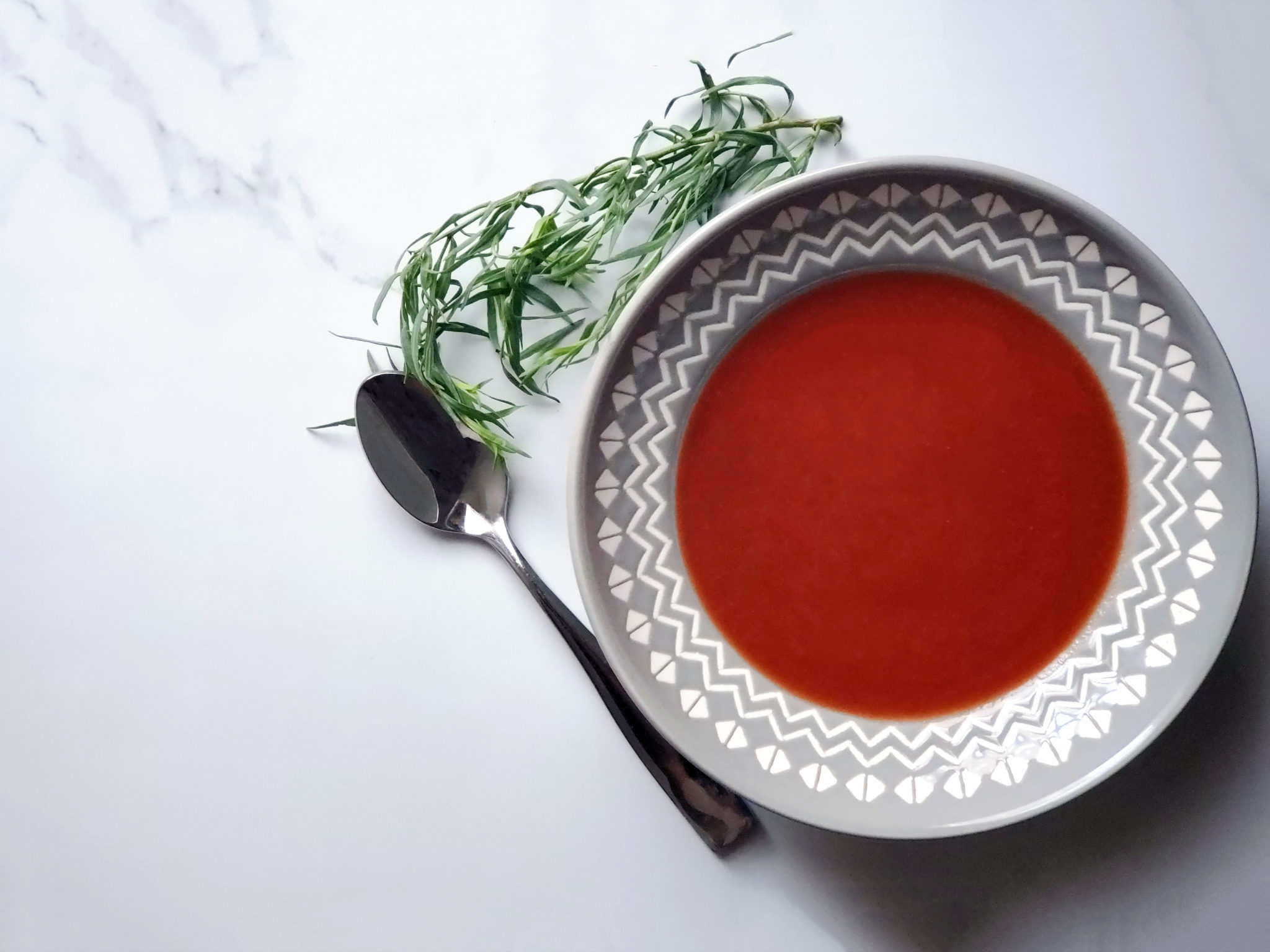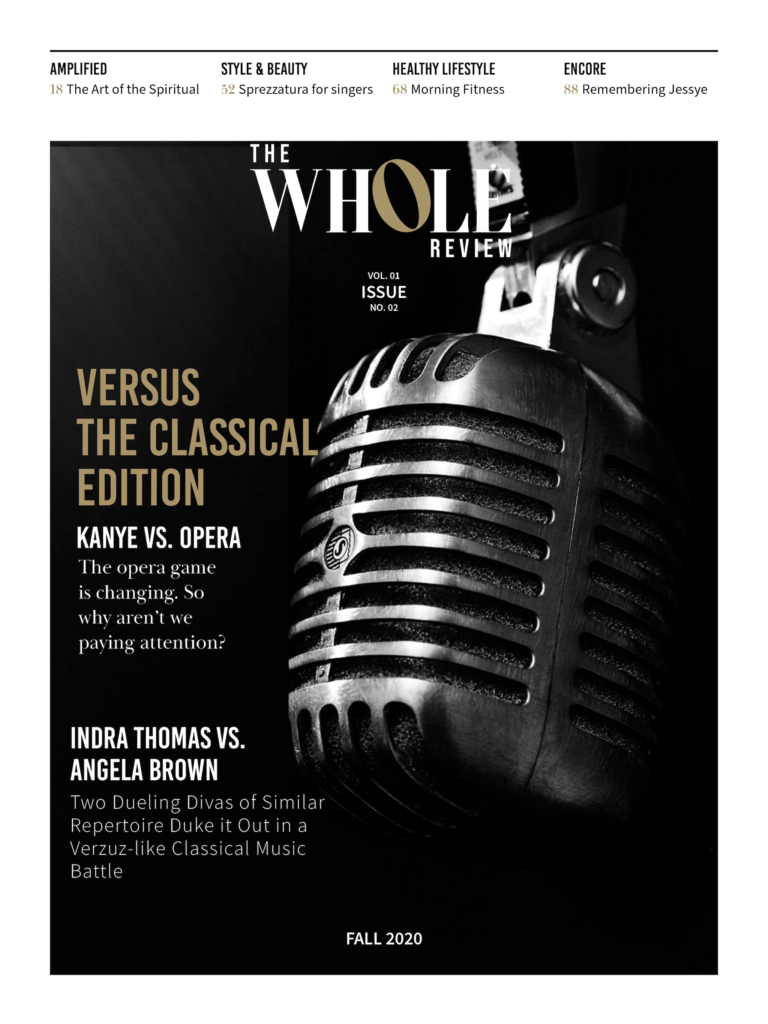Fitness, like opera and classical music, is my life’s passion. I have found no better way to enhance my singing than through the focused fitness routines that I have learned over the years. I recently moved back home to Mississippi to ride out the pandemic and arrived to discover that my mother, along with several of her friends, has been struggling to achieve her fitness goals.
So, when deciding what to contribute to this issue, it was clear that we needed to include exercises that could be done at home or in the gym, and could be done by people with a range of fitness knowledge- from beginner to intermediate. Good workouts, no matter the level, should be divided into three parts- warm up, primary workout, and cool down. The warm-up is an essential step that should not be omitted.
A thorough warm-up helps to dilate the blood vessels, ensuring that your muscles are supplied with oxygen. A good warm-up also helps to raise your body’s temperature and slowly increases yo ur heart rate, ensuring optimal flexibility, mobility, efficiency, and lower stress on the heart. Of course, then, there is the workout itself. The workout should be progressive, building in intensity with each exercise. The final step should be a cool down which will allow the heart rate to gradual slow down and restores the body’s temperature to normal.
ur heart rate, ensuring optimal flexibility, mobility, efficiency, and lower stress on the heart. Of course, then, there is the workout itself. The workout should be progressive, building in intensity with each exercise. The final step should be a cool down which will allow the heart rate to gradual slow down and restores the body’s temperature to normal.
The biggest question you may have is, “when exactly should I work out?” Well, the answer is, there are varying opinions about this. It is suggested that morning workouts are ideal, as they provide a good kick-start to the day, boost the metabolism, and help reduce fatigue and brain fog during the day. According to the Centers for Disease Control (CDC), adults should engage in at least 150 minutes of physical activity each week. Regular moderate-to-vigorous physical activity reduces the risk of many adverse health outcomes. For most health outcomes, additional benefits occur as the amount of physical activity increases through higher intensity, greater frequency, and/or longer duration. Here are the CDC’s key guidelines for Adult Exercise:
• Adults should move more and sit less throughout the day. Some physical activity is better than none. Adults who sit less and do any amount of moderate-to-vigorous physical activity gain some health benefits.
• For substantial health benefits, adults should do at least 150 minutes (2 hours and 30 minutes) to 300 minutes (5 hours) a week of moderate-intensity, or 75 minutes (1 hour and 15 minutes) to 150 minutes (2 hours and 30 minutes) a week of vigorous-intensity aerobic physical activity, or an equivalent combination of moderate- and vigorous-intensity aerobic activity. Preferably, aerobic activity should be spread throughout the week.
• Additional health benefits are gained by engaging in physical activity beyond the equivalent of 300 minutes (5 hours) of moderate-intensity physical activity a week.
• Adults should also do muscle-strengthening activities of moderate or greater intensity and that involve all major muscle groups on 2 or more days a week, as these activities provide additional health benefits.
Always consult our physician before beginning any exercise regimen to mitigate any risk of injury.
5 MINUTE WARMUP
• 30 sec arm rotations forward and backward
• 30 sec march in place while swinging arms
• 30 sec jog in place
• 30 sec jumping jacks
• 30 sec lateral side steps
• 30 sec jumping jacks
• 30 sec jog in place
• 30 sec jumping jacks
• 60 sec jog in place
FULL BODY WORKOUT
• 15 reps jumps to the sky
• 20 reps bodyweight squats
• 20 reps Walking lunges ~ 10 each leg
• 25 reps jumping jacks
• 10 reps pushups
• 15 sec plank
• 20 reps bodyweight squats
• 10 reps pushups
• 20 reps calf raises
• 30 sec plank
COOL DOWN
•10 seconds hands stretched to the sky with smooth controlled breaths.
•10 seconds slowly down to touch toes
• 10 seconds slowly rise to normal standing position
•10 seconds downward dog pose.
Repeat Cool Down twice.
How to. . .
Jumps to the sky
1. Stand with your feet shoulder-width-apart. Squat down until thighs are parallel to the ground. 2. Thrust from the heels, pushing your body up into the air.
Bodyweight Squats
1. Stand with your hands behind your head and your feet shoulder-width apart.
2. Lower your body so that your thighs are parallel to the ground.
3. Hold this position for 3 secs.
4. Return to starting position and repeat exercise.
Walking lunges
1. Stand up tall with your feet shoulder-width apart.
2. Step forward with your right leg, placing the weight onto your heel.
3. Bend the right knee and lower it so that it is parallel to the ground.
4. Pause at the bottom of the exercise for 1 sec.
5. Without moving the right leg, move your left foot forward, repeating the same movement on the left leg. Pause as your left leg is parallel to the floor in a lunge position.
6. Repeat the motion, “walking” forward as you lunge, alternating legs.
7. Safety tip- Keep body upright.
Jumping Jacks
1. Stand up tall with your legs together, arms to your sides.
2. Bend your knees slightly, and jump into the air.
3. As you jump, spread your legs shoulder-width apart. Stretch your arms over your head.
4. Jump back to starting position and repeat.
Pushups
1. Get down on all fours,
placing your hands slightly wider than your shoulders.
2. Straighten your arms and legs.
3. Lower your body until your chest nearly touches the ground.
4. Pause, then push yourself back up.
5. Repeat.
Plank
1. Get down on all fours, placing your forearms slightly wider than your shoulders.
2. Raise your body up into a straight line, maintaining a tight core and tight glutes.
3. Hold position, lower body to the ground, and repeat.
Calf raises
1. Stand up straight, then push through the balls of your feet and raise your heel until you are standing on your toes.
2. Then lower slowly back to the start.
Lateral Side Step
1. Stand tall with a tight core and make sure your feet are shoulder-width apart. Bring your hands together for balance.
2. Step directly to the left, leaving your right foot in place. …
3. Contract the hamstring muscle then push off the ground to return to the starting position.






























